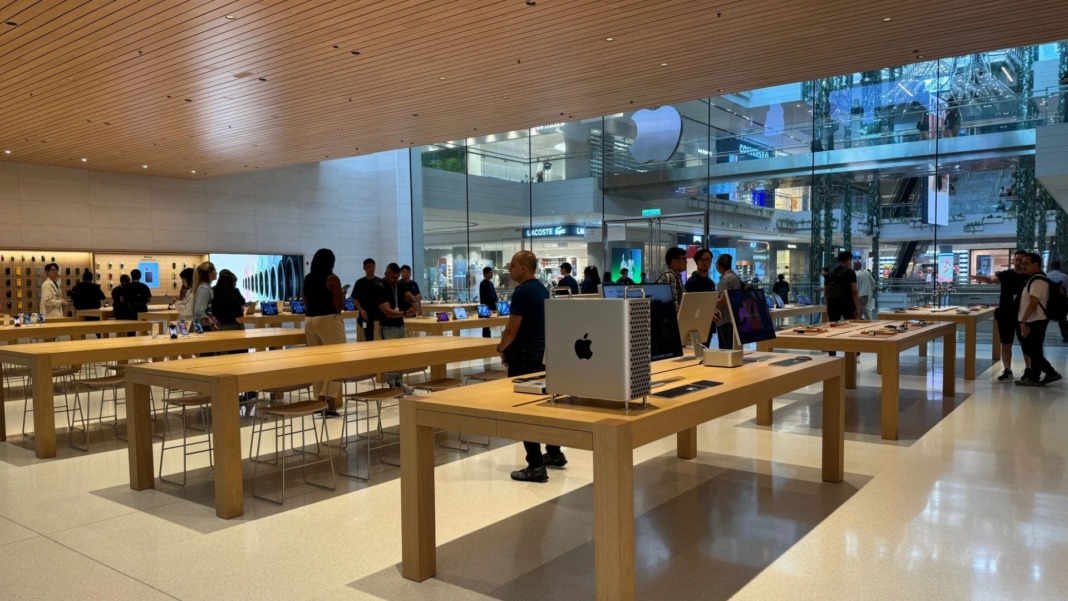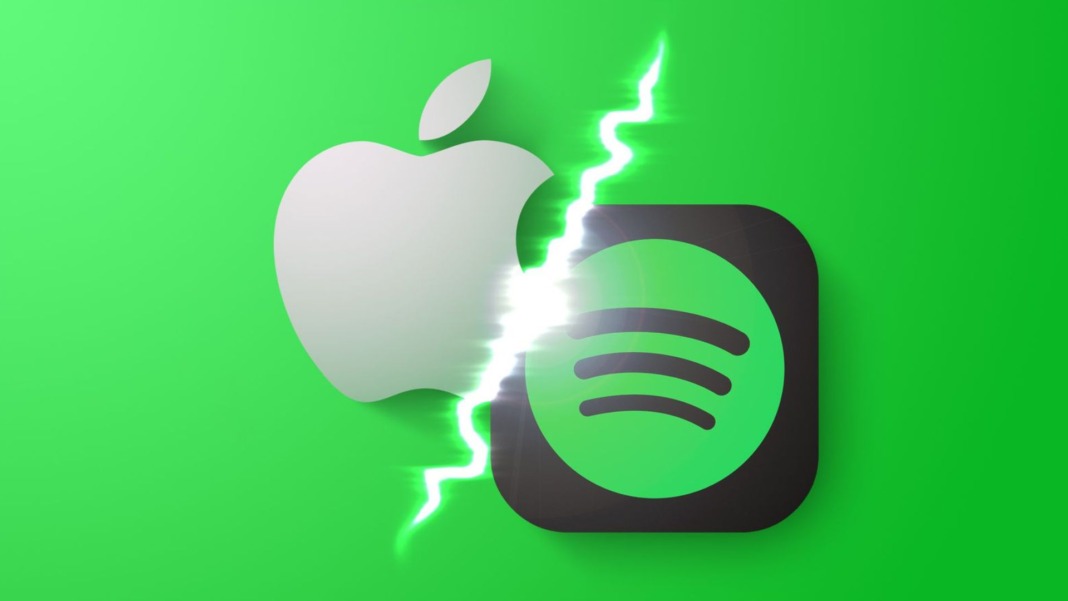Apple has reported impressive earnings for the year’s second quarter, bringing in US$95.4 billion in revenue and US$24.8 billion in profit. But even with those strong numbers, the company has warned that the next few months could be more difficult because of growing concerns over tariffs.
Tariffs could increase costs by US$900 million
During the quarterly earnings call held on May 2, Apple CEO Tim Cook shared that the impact of tariffs was relatively small last quarter. This was mainly due to Apple’s ability to manage its supply chain and adjust inventory efficiently. However, he cautioned that the June quarter might not be as easy to navigate.
Cook explained, “For the June quarter, currently, we cannot precisely estimate the impact of tariffs, as we are uncertain of potential future actions before the end of the quarter. However, for some colour, assuming the current global tariff rates, policies, and applications do not change for the balance of the quarter, and no new tariffs are added, we estimate the impact to add US$900 million to our costs.”
He also clarified that this number should not be used to predict future quarters since the June quarter has some unique conditions that may not repeat.
US tariff policies remain unclear
Recently, former President Donald Trump temporarily decided to exempt a range of tech items from tariffs. These include phones, laptops, hard drives, processors, memory chips, GPUs, semiconductors, and the machines used to make them. While this may offer short-term relief, Trump also mentioned that this would not last.
He said these products would later be moved into a “different Tariff ‘bucket’.” However, no details have been shared about what this new tariff category would involve or how high the new tariffs might be. The lack of clarity makes it difficult for companies like Apple to prepare for what’s coming.
Apple shifts production to reduce risk
To manage these uncertainties, Apple is continuing to shift its manufacturing operations. Tim Cook shared that most iPhones sent to the United States now come from India. Meanwhile, Apple’s Macs, iPads, AirPods, and Apple Watches will be mainly shipped from Vietnam. Devices produced in China will be sent to customers outside the United States.
Cook did not confirm or deny that these added costs could lead to customer price increases. He replied, “We have nothing to announce today. I’ll say that the operational team has done an incredible job optimising the inventory supply chain, and we’ll continue to do those things to the degree we can.”
Still, many experts believe Apple will never be able to absorb such a large cost. A recent analysis suggested that iPhone prices in the US could increase by as much as 43% if the full set of proposed tariffs—referred to as “reciprocal tariffs”—are pushed through.
Apple’s ability to manage its supply chain may ease the burden in the short term, but the long-term effects of changing trade policies could still seriously impact prices and profits.





